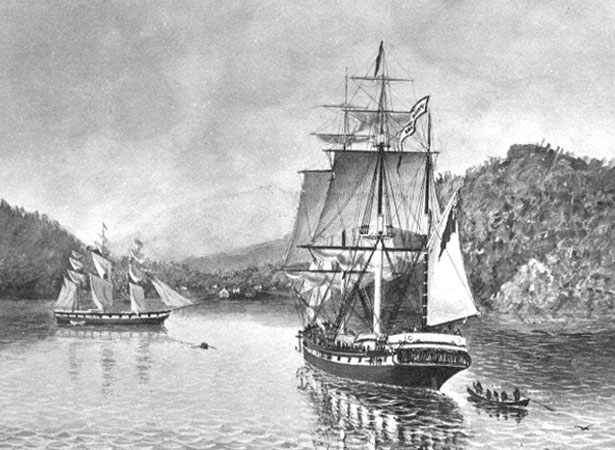
Otago celebrates the arrival of the immigrant ship John Wickliffe as the founding day of the province.
The vessel and its 97 passengers sailed from Gravesend, England, on 24 November 1847. Three days later, the Philip Laing left Greenock, Scotland, with 247 passengers. Both ships were carrying Scottish settlers bound for New Zealand.
A Scottish settlement in New Zealand had first been mooted in 1842. Scottish architect and politician George Rennie, concerned at English dominance over the first New Zealand Company settlements, hoped to establish ‘a new Edinburgh’ in the southern hemisphere. Dunedin – the Gaelic form of Edinburgh – became a feasible project once the New Zealand Company purchased the large Otago block from Ngāi Tahu in 1844.
Divisions within the Church of Scotland transformed Rennie’s original plan. Unhappy with patronage and state control, 400 clergy and about one-third of laypeople quit the established church. Some of these dissenters, including Thomas Burns, William Cargill, and John McGlashan, saw Otago as a home for a new ‘Free Church’. Two-thirds of the original Otago settlers were Free Church Presbyterians.
Read more on NZHistory
Overview - immigration to New Zealand 1840-1914 – British & Irish immigration, 1840-1914William Cargill – British & Irish immigration, 1840-1914William Cargill
External links
How to cite this page
'Scottish settlers arrive in Otago ', URL: https://nzhistory.govt.nz/scottish-settlers-arrive-otago, (Ministry for Culture and Heritage), updated 8-Oct-2020
